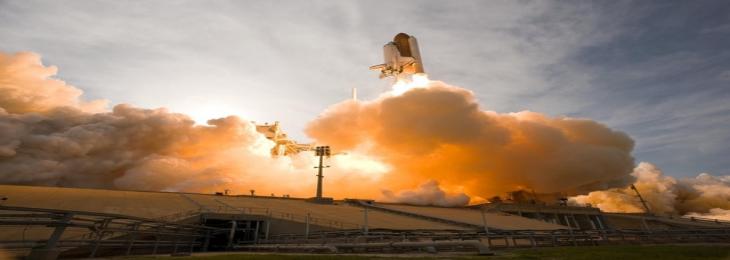
Though the pandemic forced NASA to close many of its facilities, work on Perseverance continued, with appropriate safety precautions and with the recent victorious launch of a Mars Rover, NASA is looking forward to more exploration missions now through 2020 and later.
On July 30, 2020 NASA’s Perseverance Mars Rover 2020 was successfully lifted off from the earth, bound for the Red Planet, where it is set to land on Feb 18, 2021. The rover will seek signs of ancient life and collect rock and soil samples for possible return to Earth.
The Artemis Program is focusing on landing the first woman and the next man on the Moon to demonstrate new capabilities and technologies for future studies. This is an effort to place astronauts on the lunar surface and develop an ongoing presence there.
NASA also continues to make significant progress toward the Sentinel-6 which is designed to measure the height of the ocean – a key component to understand how Earth’s climate is changing. In the America’s first asteroid sample return mission, NASA’s OSIRIS-REx will do a touch, grab, and go move on asteroid Bennu in October to collect a small sample to return to Earth.
Despite the recent progress, a target launch date for the first Space Launch System remains uncertain, NASA plans to conduct a hot fire test by November 2020. NASA’s SLS, is a super-heavy-lift launch vehicle that provides the foundation for human exploration beyond Earth’s orbit. With its unprecedented power and capabilities, SLS is the only rocket that can send Orion, astronauts, and cargo to the Moon on a single mission. Among the activities the agency has for the rest of 2020, NASA’s SpaceX Crew-1 (also known as USCV-1) will be the first crewed operational flight of a Crew Dragon spacecraft. The mission is targeting Saturday, Oct. 31, for the launch of the agency’s SpaceX Crew-1 mission with astronauts to the International Space Station.
NASA continues to dilate with the upcoming missions such as Hayabusa2, Solar Orbiter, Q-Pace, and Chang’e 5 in the late 2020.






